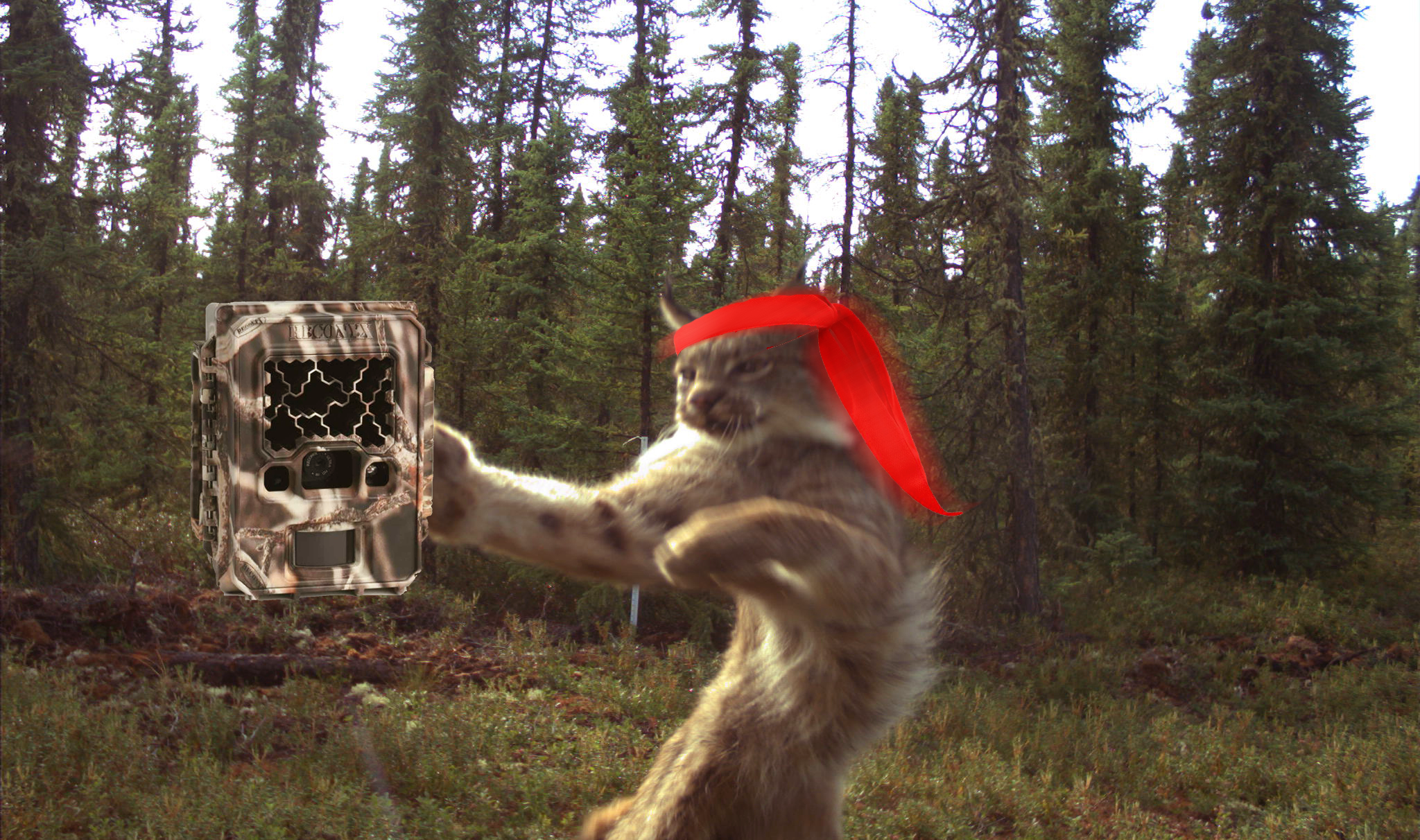An Introduction to Camera Trap Data Management and Analysis in R
2025-01-24
Chapter 1 Introduction

The number of projects employing camera traps to understand ecological phenomena is growing rapidly – as are the number of statistical tools to analyze the resultant data. Consequently, the management and analysis of camera trap data can seem complex and overwhelming. This course aims to guide participants in effective ways to store, manipulate and analyze camera trap data within the R statistical environment.
The idea for this course was born out of the realization that many of the analytical frameworks we apply to camera trap data do not have specific examples involving cameras, which can make learning new methods intimidating. To address this we wanted to develop a resource which takes a single data set from raw data to analysis, showing all of the steps in between! Hopefully this course will give you the tools to manage, analyze and share camera trap data in an approachable and practical way!
1.1 Ethos
This course is built on the foundation of “standardized data” - data formatted to meet an international standard. The benefits of standardizing your data are explained in detail in the data standardization chapter, the principal benefit is that if you copy the data formatting used here, it should be very easy to apply the methods described here to new datasets!
1.2 What this course is
- An R code reference manual for basic concepts in the exploration and analysis of camera data
- A tool to provide hands on experience of standardized camera trap data in R
- A link to resources and papers which showcase the types of analyses you can perform
- A stepping stone to more complex analyses
1.3 What this course is not
- The “best” way to explore or analyse your data (although we hopefully provide a good foundation)
- A statistics course - the analyses presented within this guide are purposefully overly simplified in order to act as an introduction to each topic without being overwhelming
- A perfect copy of published analyses - some of the conclusions from our simplified models may differ from published results… trust the publications
1.4 How to use this book
You will either be using this book as a companion to the “An Introduction to Camera Trap Data Management and Analysis in R” course or be working through the examples alone. Regardless, you can use this book in the following ways:
- If this is your first time analyzing camera data - or you are an R course participant - work through the book chapter by chapter
- If you are looking to apply a specific method, browse the sections from the Table of Contents, or use the search box if you are after something specific
- Download the example data via dropbox and ‘follow-along’ by cutting and pasting the code
- Explore additional “Further reading” sections which highlight key literature or R packages in each section
Important note The code chunks are color coded by their function:
When you hover over these colored chunks a ‘copy’ symbol will appear in the top right to transfer your code!
## [1] "Gray code chucks are code output from R"1.5 Get in touch
If you have any questions about this document and the information it contains, please email us or, better still, submit an issue on our the course GitHub page.
1.6 Cite the course
If you would like to cite this course, please use the following:
Beirne, C. & Burton, C. (2022). An Introduction to Camera Trap Data Management and Analysis in R https://zenodo.org/doi/10.5281/zenodo.10524184
1.7 Acknowledgements
This course was produced by Christopher Beirne, Cole Burton’s Wildlife Coexistence Lab at UBC, and the WildCAM Network.